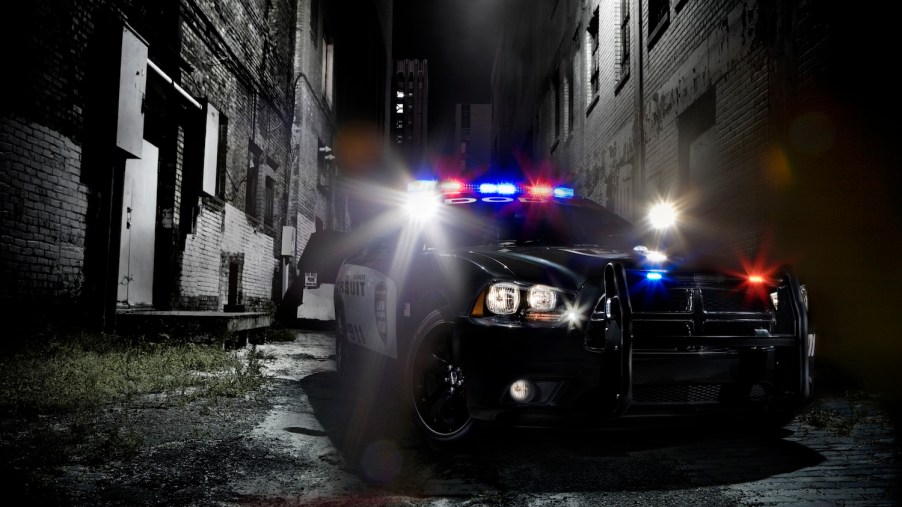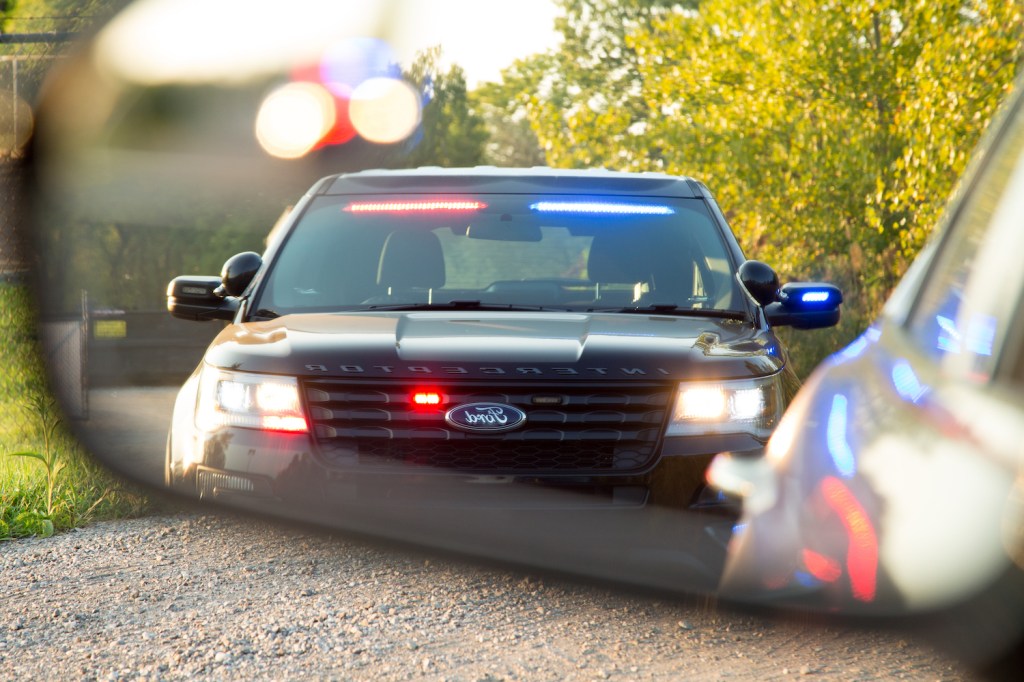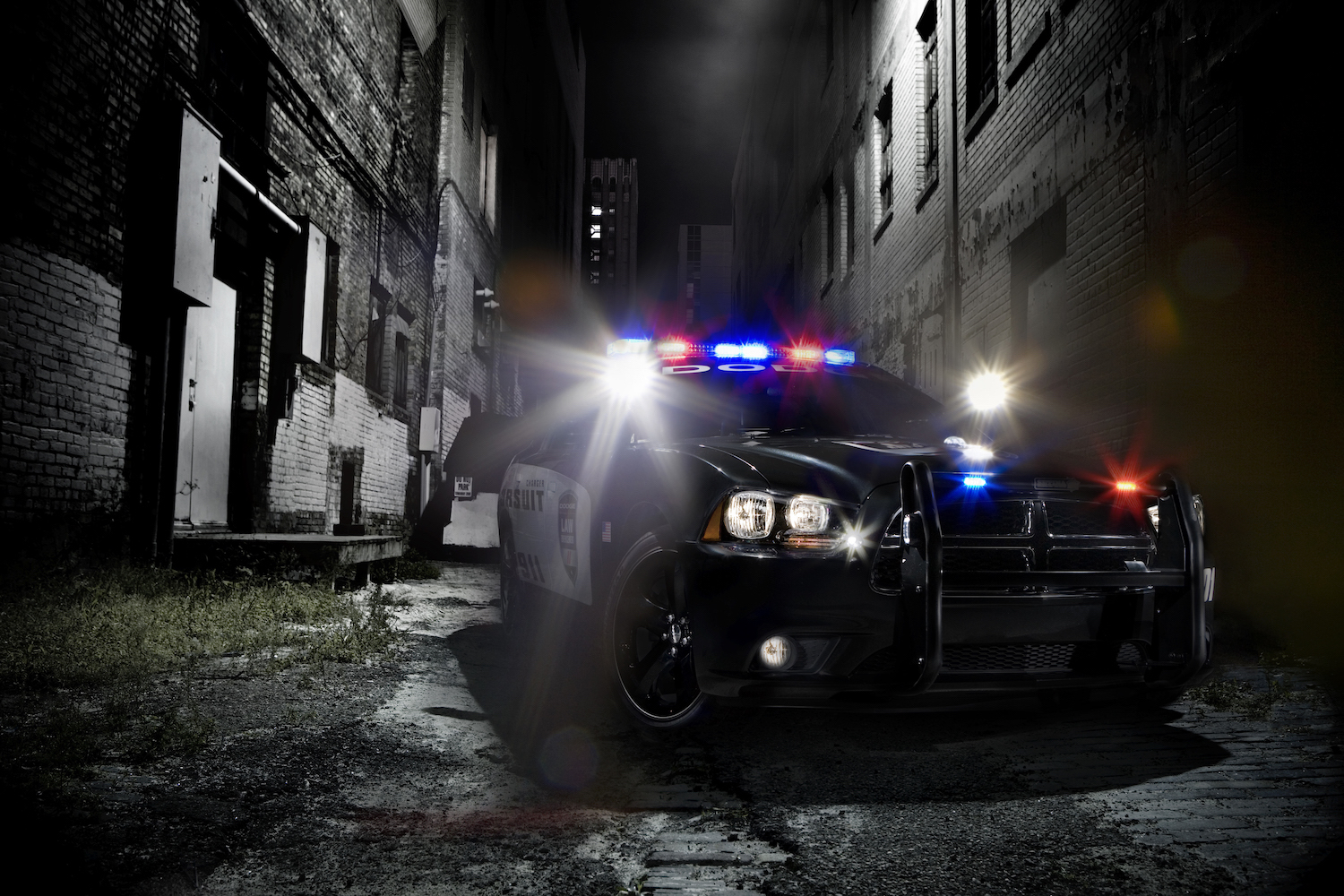
Is It Illegal for Police To Set Speed Traps?
The phrase “speed trap” is often misused. A speed trap is not a police officer parked out of sight with a radar gun to improve car safety. It’s not even an unmarked police car patrolling for speeders. A true speed trap is much more malicious and sometimes illegal.
How do speed traps work?

The state of California defines two types of speed traps. The first type of speed trap is an outdated system for measuring motorists’ speeds. It is rarely used but still completely legal.
In the days before the radar detector, police officers had to get creative to measure your speed. One common technique was the “speed trap.” Traffic patrol officers would measure out a given length of the road, then watch it.
The police officer observing a speed trap could use a simple stopwatch to time cars. Anyone who made it through this speed trap too quickly was speeding, and the patrol officer could pursue and ticket them.
But as radar-aided speed enforcement became the norm, police put away their stopwatches for good. Now the term speed trap means something completely different.
A modern speed trap is not regular traffic enforcement

Many drivers use the phrase speed trap to describe a police cruiser parked out of sight with a radar gun. Others reserve the term for an unmarked patrol car observing traffic and handing out speeding tickets. But according to California’s legal speed trap definition, neither of these is a true speed trap.
What is a speed trap?
According to the State of California, a speed trap is a section of highway with a lower speed limit “not justified by an engineering and traffic survey” that the police use radar or other electronic devices to enforce.
This speed trap definition does not include slower speed limits in school zones, senior zones, business districts, or local roads. It does not include roads narrower than 40 feet, roads wider than two lanes, or roads that only serve residential areas.
Why do police do speed traps?
The Traffic School Online website suggests that some municipalities knowingly create speed traps that can be “illegally exploited to capture motorists in order to fine them.”
Luckily, it is relatively easy to avoid speed traps with apps like Waze. You can also watch for motorists flashing their headlights to warn you.
But if you believe your local town has set up a speed trap, you have other options as well. Officials can only change a speed limit in accordance with a study done by the highway department that’s less than five years old. You can ask to see this study.
If officials have not completed the proper study, you can file a complaint. There’s a chance your complaint will go nowhere at first. Traffic School Online recommends you follow up often, and if nothing changes you consider getting the media involved.
Read 5 obvious ways to avoid a speed trap or watch CBS cover a town caught for setting speed traps in the video below:



